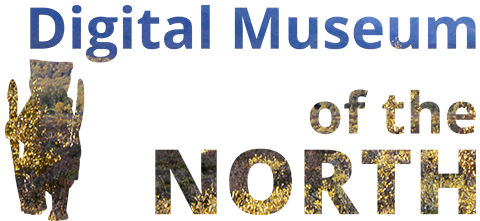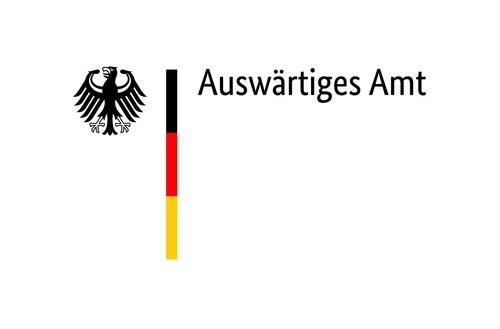Musée d‘ethnographie de l‘Université de Bordeaux
Nadezhda Barkavtova sews a cap and demonstrate other sewing techniques
The full recording is seen in the film to give an example the recording technique. Instead of soliciting concrete information, the shared indigenous knowledge on sewing techniques is embedded in a colloquial conversation, which touches as well on other concerns of the craftswoman. Here is an excerpt from what she says about the making of the cap.
[2:44] "I sew a fur cap for myself. When the wind blows, it is cold to travel without a fur cap, freezing cold. The elder people once taught us how to sew and to cut. They first cut the one side, then, looking at it, they cut the other side. From the first time they taught us, they showed us how. Back then they scolded the children terribly, if they did not pay attention to how it had to be done. Reindeer sinew, but where do you find now reindeer sinew for threads? Sinew from cows is bad, it’s stiff.
[6:39] If I cut the fur cap poorly, it will be cold. When you are young, it’s fine, but as an old woman now, it will be cold on your head. I’ll sew around it with hare fur, which will be good. It‘s forbidden now to hunt snow sheep, bearded seal skin is thick, excellent for soles, but they are better made from bear hide. But this skin, which I just prepared is called atq, one says “old woman”, “grandmother.” Nobody sews these fur caps (malakhai) any more, where do you find the material for them? So, I try to sew, as my mother taught me. I sew with reindeer sinew, somehow they are considerably better than those from nylon, they are more durable. This reindeer sinew had been dried a year ago. It breaks immediately, when it has become old. It’s not possible to make threads from them. My sewing bag contains: all my needles, my small knife, and my thimbles. Are there good thimbles in Germany? Although, why would they need them there? Don’t they make those there where you live in Germany?" (Subtitles ☸︎ + cc)
Recorded by Erich Kasten. Kabana River, 2000.



